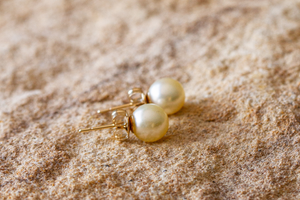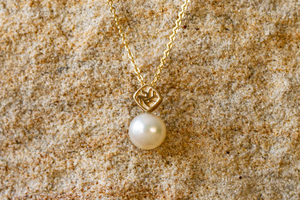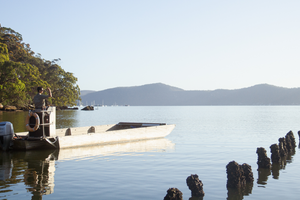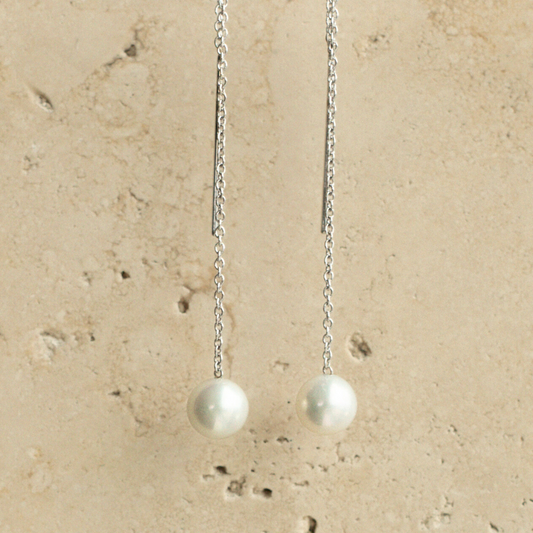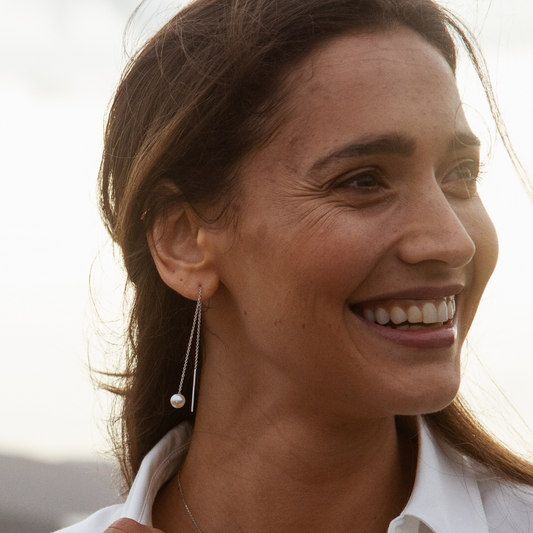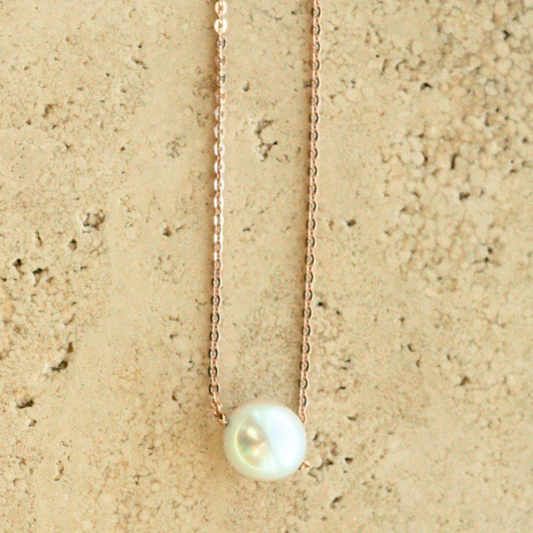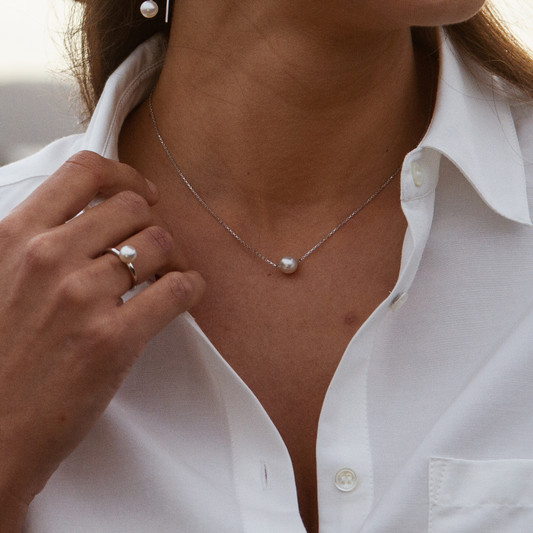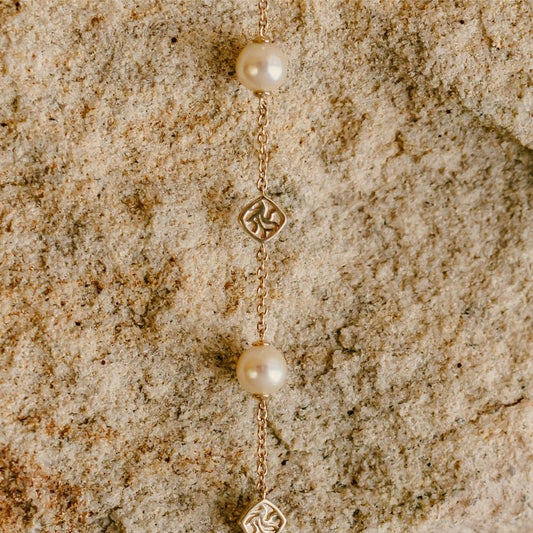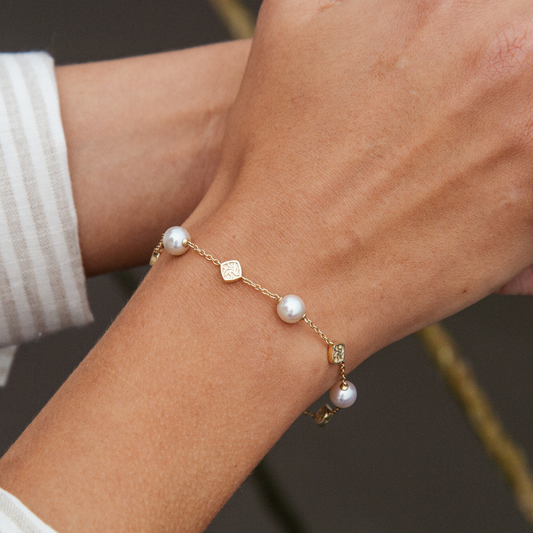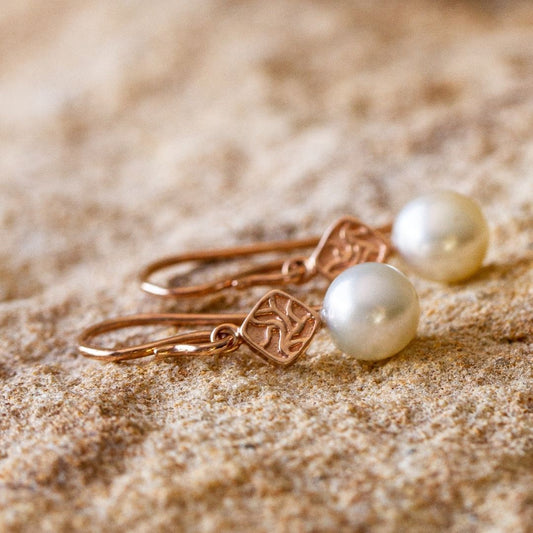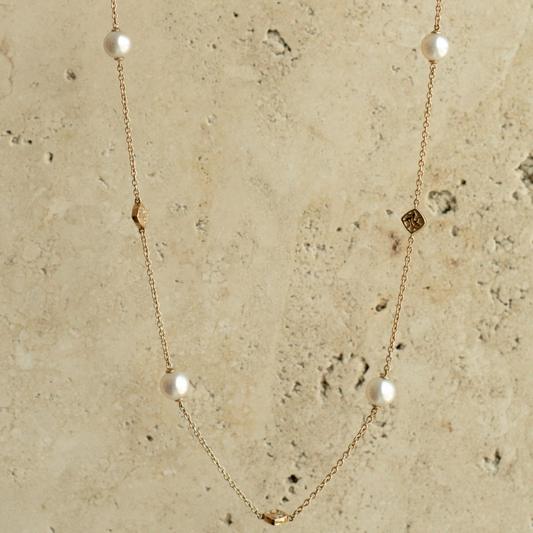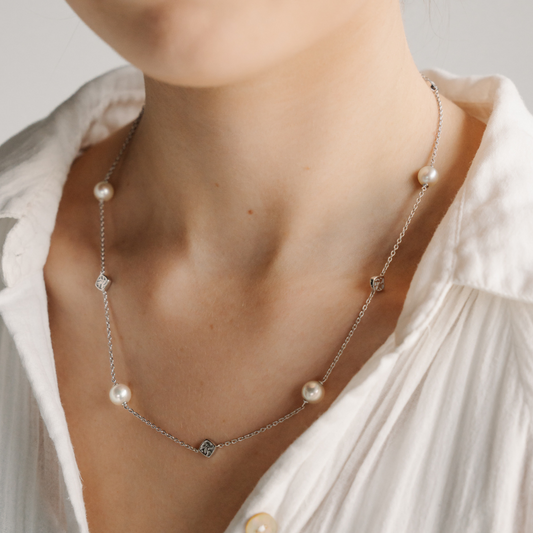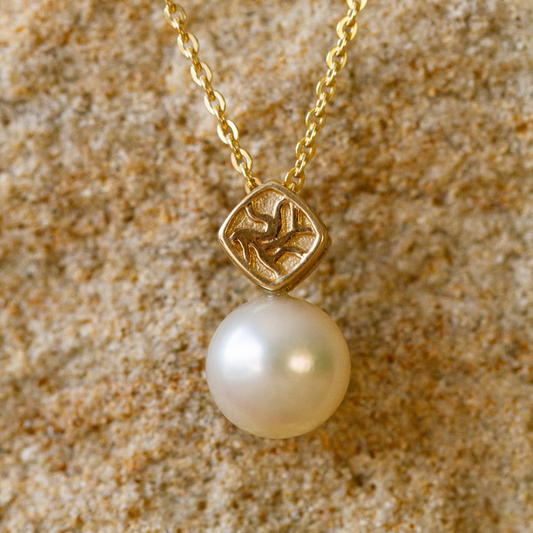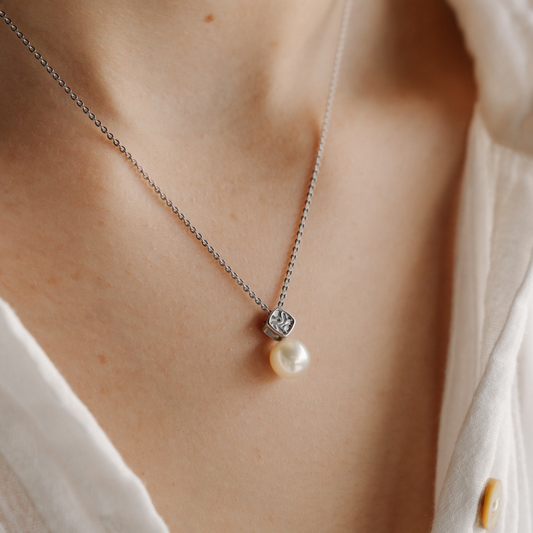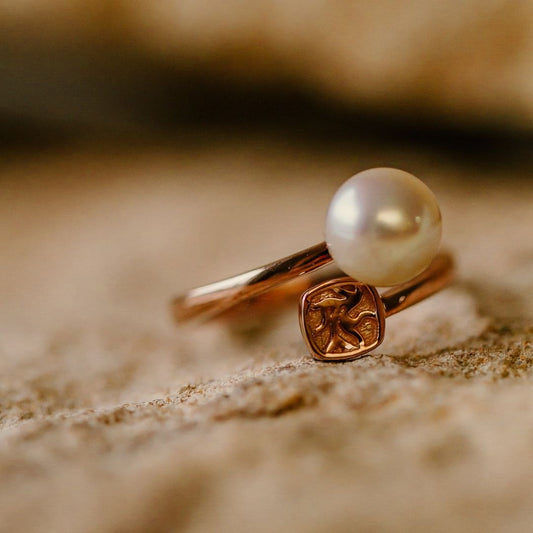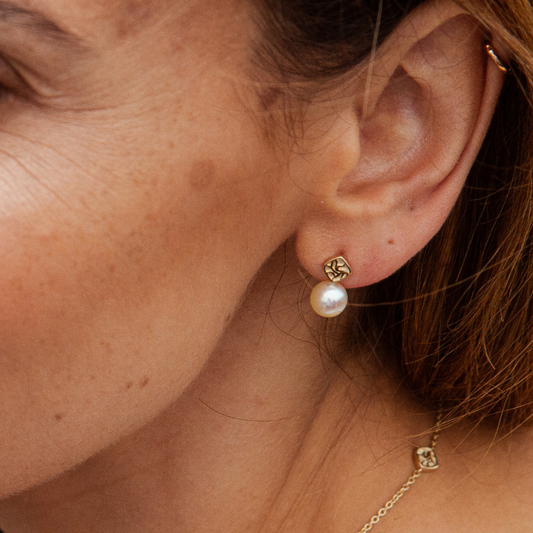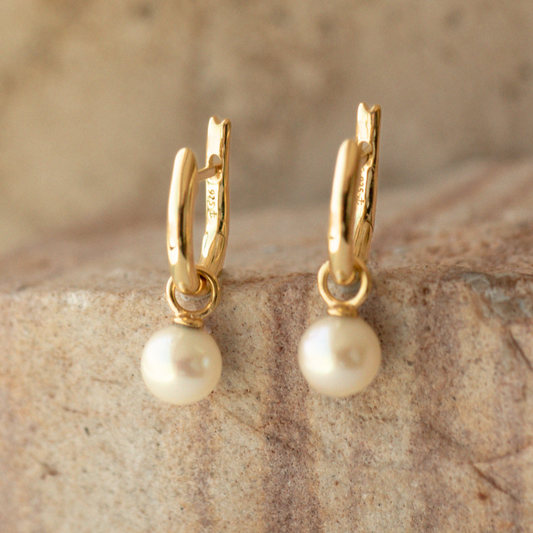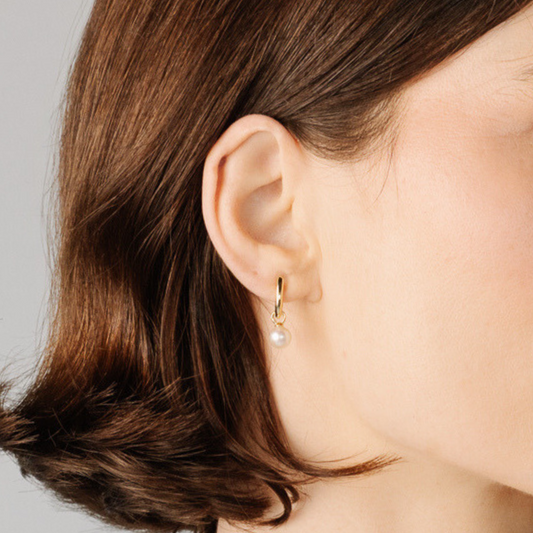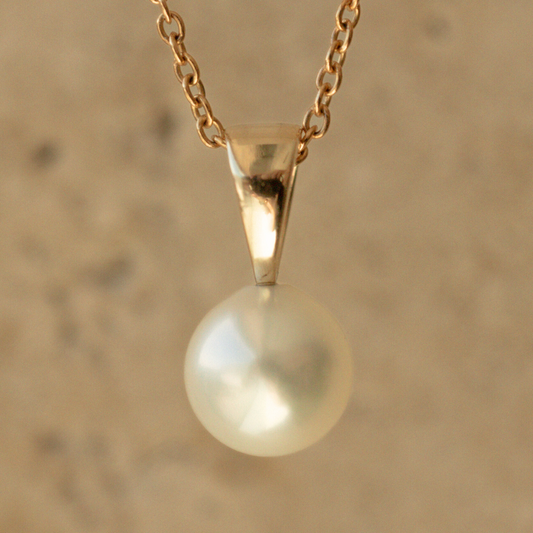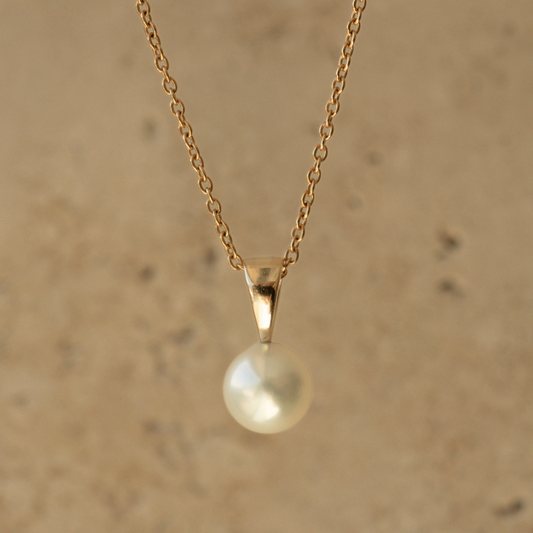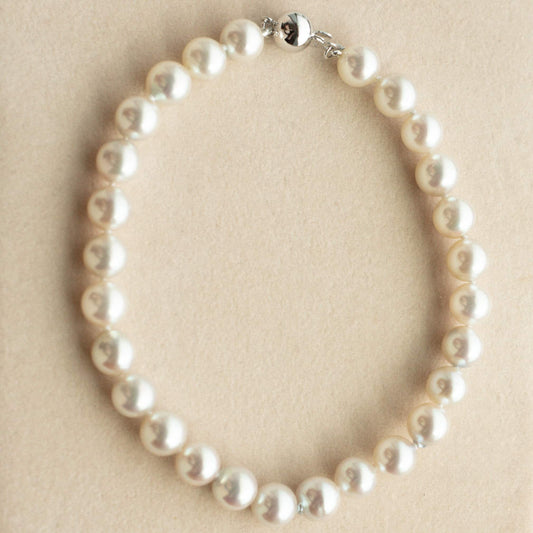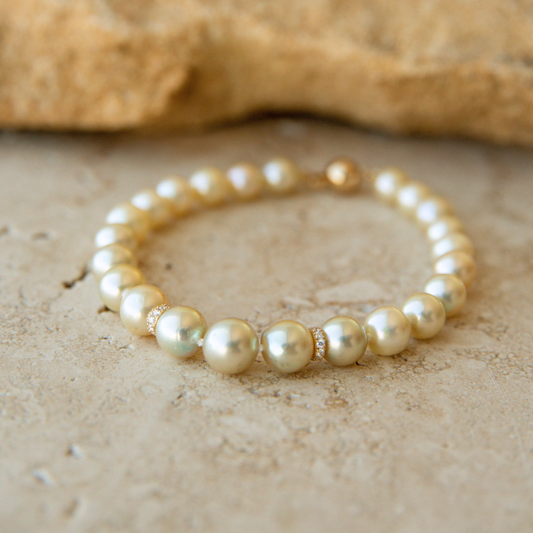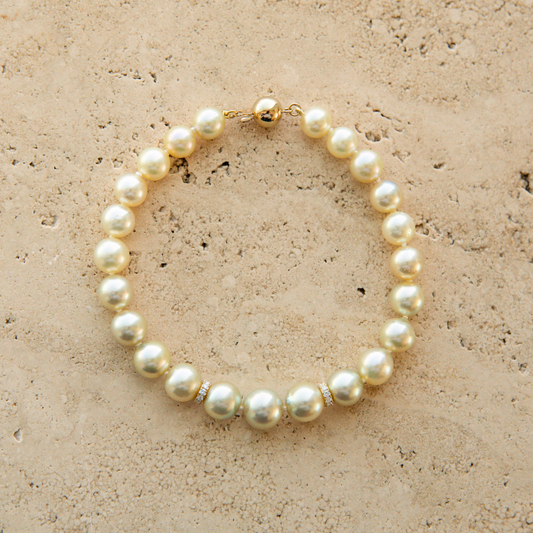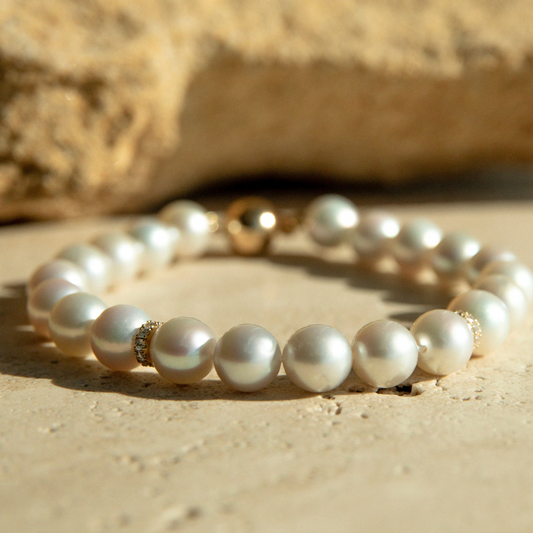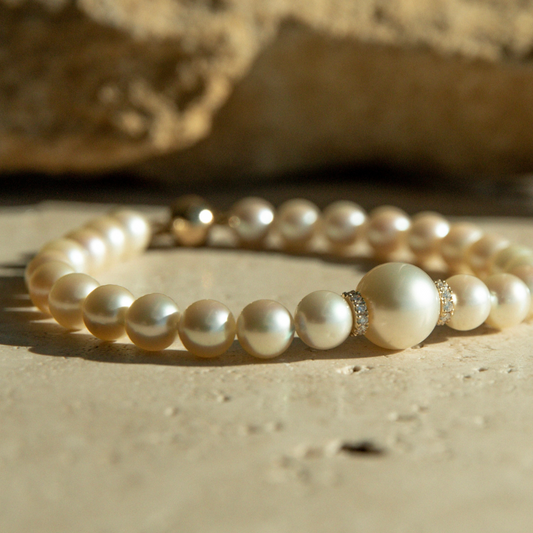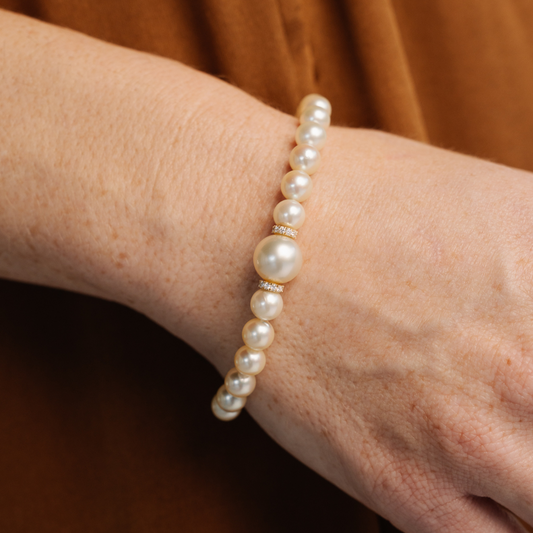
Australian Akoya Pearls
Our Akoya pearls (Pinctada fucata and/ or imbricata) are cultured at our Broken Bay Pearl Farm on the mouth of the Hawkesbury River just north of Sydney. This range features elegant options of pearl earrings, rings, necklaces and more. With high lustre these pearls are the perfect choice for a more vibrant and beautiful look.
-
Savanna Akoya Pearl Earrings
Regular price $1,395.00 AUDRegular priceUnit price / per -
Savanna Pearl Necklace
Regular price From $1,225.00 AUDRegular priceUnit price / per -
Seagrass Bracelet
Regular price $1,560.00 AUDRegular priceUnit price / per -
Seagrass Pearl Hooks
Regular price From $830.00 AUDRegular priceUnit price / per -
Seagrass Pearl Necklace
Regular price From $2,440.00 AUDRegular priceUnit price / per -
Seagrass Pearl Pendant
Regular price From $370.00 AUDRegular priceUnit price / per -
Seagrass Pearl Ring
Regular price From $950.00 AUDRegular priceUnit price / per -
Seagrass Pearl Studs
Regular price From $760.00 AUDRegular priceUnit price / per -
Simple Akoya Pearl Hook Earrings
Regular price $370.00 AUDRegular priceUnit price / per -
Simple Akoya Pearl Huggies
Regular price $320.00 AUDRegular priceUnit price / per -
Simple Akoya Pearl Pendant
Regular price $290.00 AUDRegular priceUnit price / per -
Akoya Pearl Strand Bracelet
Regular price $2,130.00 AUDRegular priceUnit price / per -
Keshi Pearl Strand Bracelet 14pc
Regular price $6,230.00 AUDRegular priceUnit price / per -
Eternal Pearl Strand Bracelet
Regular price $4,470.00 AUDRegular priceUnit price / per -
Eternal Akoya & Diamond Strand Bracelet
Regular price $4,395.00 AUDRegular priceUnit price / per -
Eternal South Sea & Akoya Pearl Strand Bracelet
Regular price $4,520.00 AUDRegular priceUnit price / per
Collapsible content
What are Akoya pearls?
Akoya pearls are a type of saltwater pearl that are primarily cultured in Japan, although they are also produced in other countries such as China and Vietnam, as well as our Broken Bay Pearl Farm in New South Wales. They are known for their lustre and round shape, as well as their relatively small size.
How are Akoya pearls different from other types of pearls?
Akoya pearls are typically smaller than other types of pearls, with an average size of around 7-8 millimeters. They are also known for their high luster and typically have a round shape, although they can come in other shapes like, baroque, as well. Akoya pearls are primarily cultured in saltwater, whereas freshwater pearls are typically cultured in freshwater.
What colours do Akoya pearls come in?
Akoya pearls are most commonly white or cream-coloured, although they can also come in shades of pink, silver, and blue. The colour of the pearl is determined by the colour of the oyster's nacre, as well as any treatments or dyes that may have been used.
Our Australian Akoya pearls are never chemically enhanced or treated in any way, so the way they are set onto a stunning jewellery piece is exactly as nature intended.
